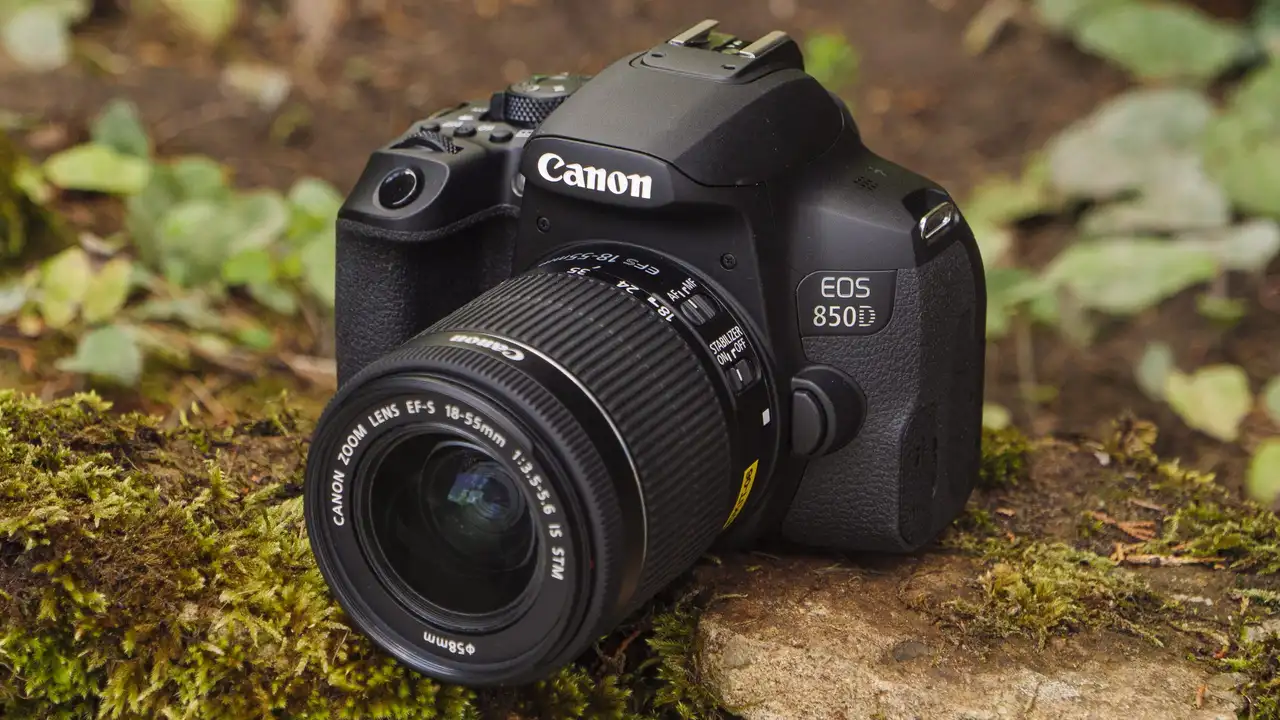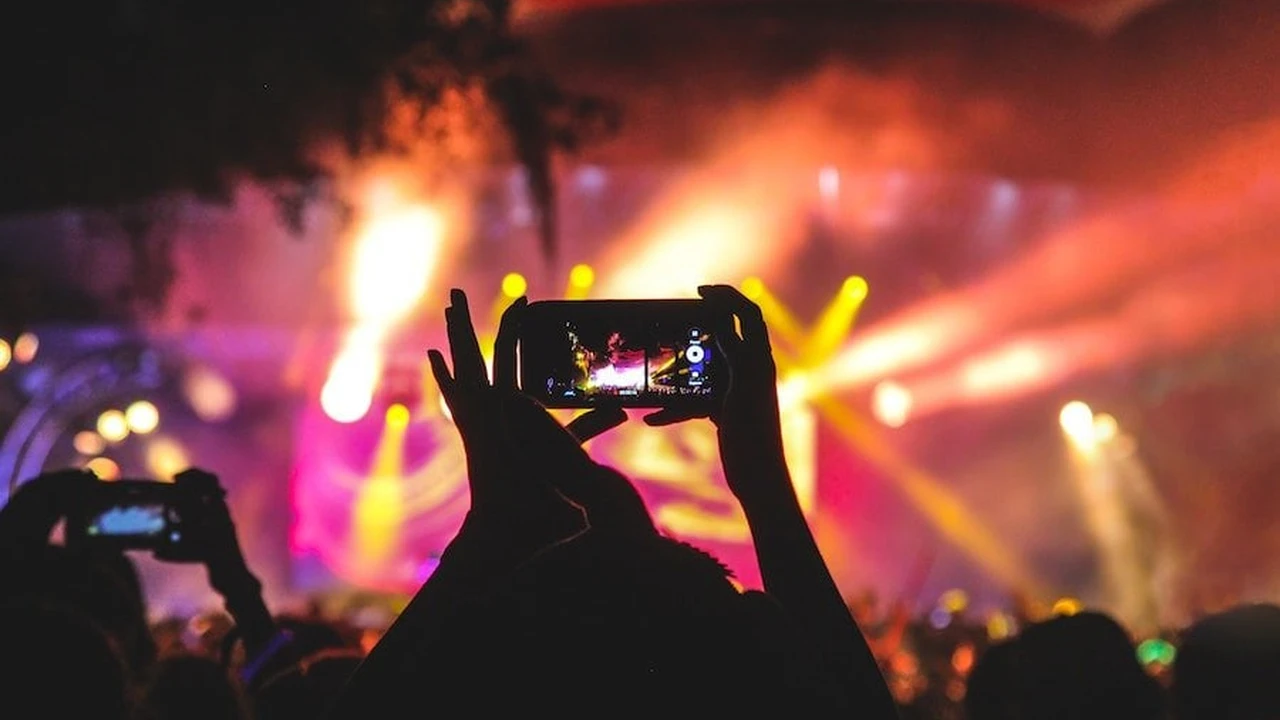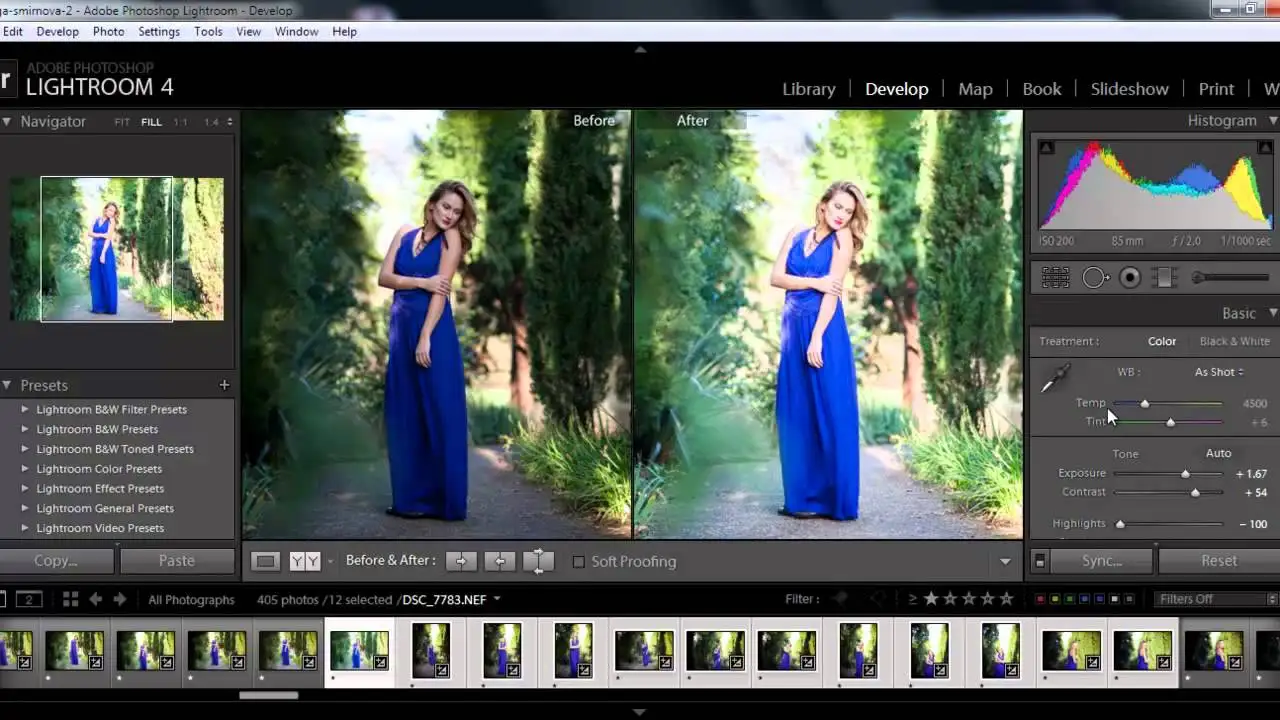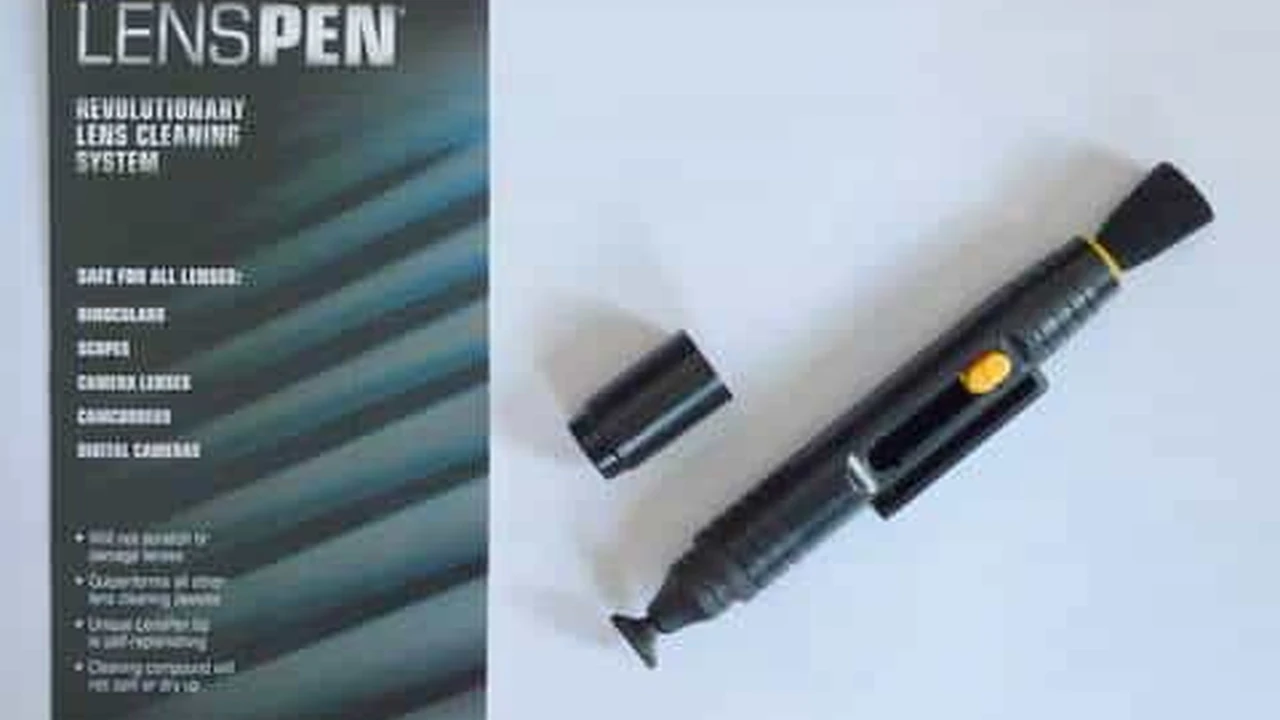Budget DSLR: Best Options Under $500
Budget-friendly photography doesn't have to mean sacrificing quality. Entry-level DSLRs offer a fantastic way to learn the ropes and capture stunning images without breaking the bank. This guide explores the best DSLR options under $500, covering everything from specific product recommendations and their ideal uses to comparing their features and outlining current prices. Get ready to discover the perfect camera to kickstart your photographic journey.
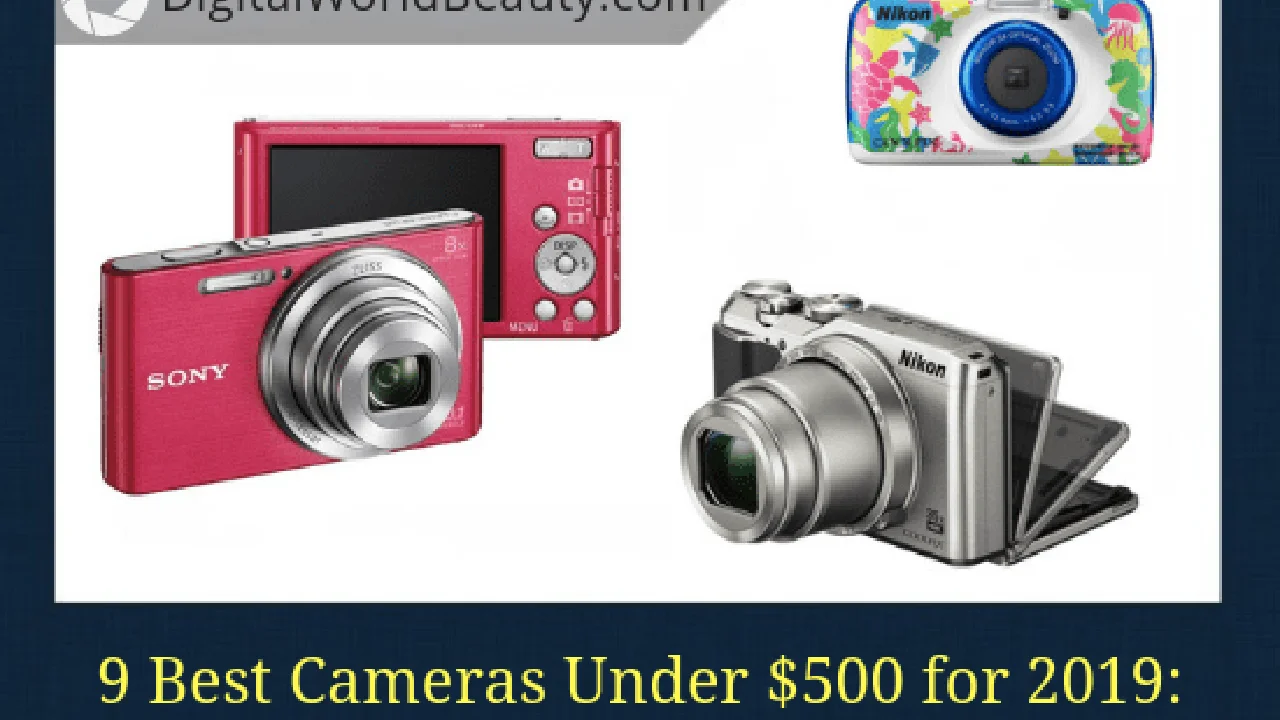
Understanding Your Needs: Choosing the Right Budget DSLR
So, you're looking for a DSLR on a budget? Excellent choice! But before diving into specific models, let's figure out what you actually need. Are you primarily shooting landscapes, portraits, sports, or something else entirely? Your subject matter will heavily influence the features you prioritize. For example, if you're into action photography, you'll want to focus on autofocus speed and burst shooting capabilities.
Consider these questions: What kind of lenses do you plan on using? Are you planning to shoot video? What is your experience level? Are you completely new to photography, or do you have some prior experience using film cameras or mirrorless systems?
Answering these questions will help you narrow down your choices and avoid getting overwhelmed by the sheer number of options available. Remember, the "best" camera is the one that best suits your individual needs and shooting style.
Top Recommendations: Best DSLR Cameras Under $500
Alright, let's get down to brass tacks. Here are a few of my top recommendations for DSLRs that punch above their weight class when it comes to price:
Canon EOS Rebel T7 / 2000D: The Reliable All-Rounder
The Canon EOS Rebel T7 (also known as the 2000D outside of North America) is a classic entry-level DSLR. It boasts a 24.1-megapixel sensor, which delivers excellent image quality in a variety of lighting conditions. The intuitive menu system makes it perfect for beginners, and the wide range of compatible Canon EF and EF-S lenses means you'll have plenty of room to grow as your skills develop.
Key Features: 24.1MP APS-C CMOS sensor, DIGIC 4+ image processor, 9-point autofocus system, Full HD 1080p video recording, Built-in Wi-Fi and NFC.
Ideal For: General photography, landscapes, portraits, family photos.
Estimated Price: $400 - $450 (with kit lens)
Example Usage: Imagine capturing stunning sunsets over the ocean, or taking crisp, clear portraits of your family and friends. The Rebel T7 is a versatile camera that can handle a wide range of photographic situations.
Nikon D3500: Lightweight and User-Friendly
The Nikon D3500 is another excellent choice for beginners. It's incredibly lightweight and comfortable to hold, making it ideal for long shooting sessions. The "Guide Mode" is a fantastic feature that walks you through the camera's settings and helps you learn the fundamentals of photography.
Key Features: 24.2MP DX-format CMOS sensor, EXPEED 4 image processor, 11-point autofocus system, Full HD 1080p video recording, Guide Mode for beginners.
Ideal For: Travel photography, everyday snapshots, beginners learning the basics.
Estimated Price: $400 - $450 (with kit lens)
Example Usage: Think about capturing the vibrant colors of a bustling marketplace, or documenting your travels with sharp, detailed photos. The D3500's lightweight design makes it easy to carry around all day.
Pentax K-70: Weather-Sealed and Feature-Packed
If you're looking for a more rugged and feature-rich option, the Pentax K-70 is worth considering. It's weather-sealed, meaning it can withstand dust, rain, and even snow. It also features a built-in image stabilization system, which helps to reduce blur in your photos and videos.
Key Features: 24.2MP APS-C CMOS sensor, PRIME MII image processor, Weather-sealed body, In-body image stabilization, Vari-angle LCD monitor.
Ideal For: Outdoor photography, landscape photography, shooting in challenging weather conditions.
Estimated Price: $450 - $500 (body only, may require a separate lens to stay within budget)
Example Usage: Envision yourself hiking through a misty forest, capturing the beauty of nature without worrying about damaging your camera. The K-70's weather-sealing and image stabilization make it a reliable companion for outdoor adventures.
DSLR Comparison: Canon vs Nikon vs Pentax for Beginners
Choosing between Canon, Nikon, and Pentax can be tough. Here's a quick comparison to help you decide:
- Canon: Known for its user-friendly interface, wide range of lenses, and excellent image quality. A great all-around choice for beginners.
- Nikon: Offers a similar experience to Canon, but with a slightly different feel and handling. The Guide Mode on the D3500 is particularly helpful for new photographers.
- Pentax: Stands out with its weather-sealing and in-body image stabilization. A good option for those who plan to shoot in challenging environments. Lens selection may be more limited and potentially more expensive compared to Canon or Nikon.
Ultimately, the best way to decide is to try out each camera in person and see which one feels most comfortable in your hands. Visit a local camera store or borrow a camera from a friend to get a better sense of their ergonomics and features.
Lens Choices: Expanding Your Photographic Horizons
The kit lens that comes with most entry-level DSLRs is a good starting point, but you'll eventually want to expand your lens collection to unlock new creative possibilities. Here are a few popular lens options for budget-conscious photographers:
50mm f/1.8 "Nifty Fifty": The Portrait Powerhouse
The 50mm f/1.8 lens is a must-have for any photographer. Its wide aperture allows you to create beautiful bokeh (blurred background) and shoot in low-light conditions. It's perfect for portraits, street photography, and general-purpose shooting.
Estimated Price: $100 - $150
18-55mm Kit Lens: Your Everyday Companion
While often bundled with the camera, the 18-55mm lens is surprisingly versatile. It covers a range of focal lengths, making it suitable for landscapes, portraits, and everyday snapshots. Don't underestimate its capabilities!
Estimated Price: (Included in kit, or $100 if purchased separately)
Telephoto Lens: Zooming in on the Action
A telephoto lens allows you to zoom in on distant subjects, making it ideal for sports, wildlife, and bird photography. Look for a 70-300mm lens or similar for a good balance of reach and affordability.
Estimated Price: $150 - $300 (used)
DSLR Settings: Mastering the Exposure Triangle
Understanding the exposure triangle – aperture, shutter speed, and ISO – is crucial for getting the most out of your DSLR. These three settings work together to determine the brightness and overall look of your photos.
Aperture: Controlling Depth of Field
Aperture refers to the opening in the lens that allows light to pass through. A wider aperture (lower f-number, like f/1.8) creates a shallow depth of field, blurring the background and isolating your subject. A narrower aperture (higher f-number, like f/16) creates a greater depth of field, keeping everything in focus.
Shutter Speed: Capturing Motion
Shutter speed is the amount of time the camera's shutter stays open, exposing the sensor to light. A fast shutter speed (e.g., 1/1000 second) freezes motion, while a slow shutter speed (e.g., 1 second) blurs motion.
ISO: Sensitivity to Light
ISO measures the camera's sensitivity to light. A lower ISO (e.g., ISO 100) produces cleaner images with less noise, but requires more light. A higher ISO (e.g., ISO 3200) allows you to shoot in low-light conditions, but can introduce noise and grain into your photos.
Experiment with different combinations of aperture, shutter speed, and ISO to see how they affect your images. There are tons of online resources and tutorials to help you master the exposure triangle.
The Secondhand Market: Finding Hidden Gems
Don't overlook the secondhand market! You can often find great deals on used DSLRs and lenses. Websites like eBay, Craigslist, and KEH Camera are good places to start your search. Just be sure to inspect the equipment carefully before you buy it.
Things to look for: Scratches on the lens, dust on the sensor, and any signs of physical damage. Also, check the shutter count (the number of photos the camera has taken) to get an idea of how much use it's had.
The Future is Bright: Your Photographic Journey Awaits
Investing in a budget-friendly DSLR is a fantastic way to explore the world of photography. With a little practice and experimentation, you'll be capturing stunning images in no time. So grab your camera, head out into the world, and start shooting!
:max_bytes(150000):strip_icc()/277019-baked-pork-chops-with-cream-of-mushroom-soup-DDMFS-beauty-4x3-BG-7505-5762b731cf30447d9cbbbbbf387beafa.jpg)



